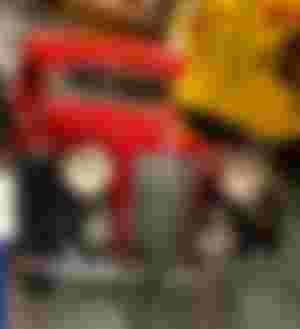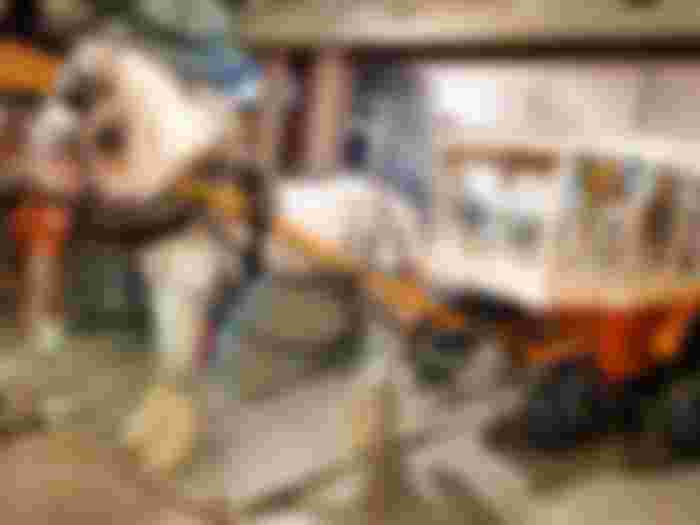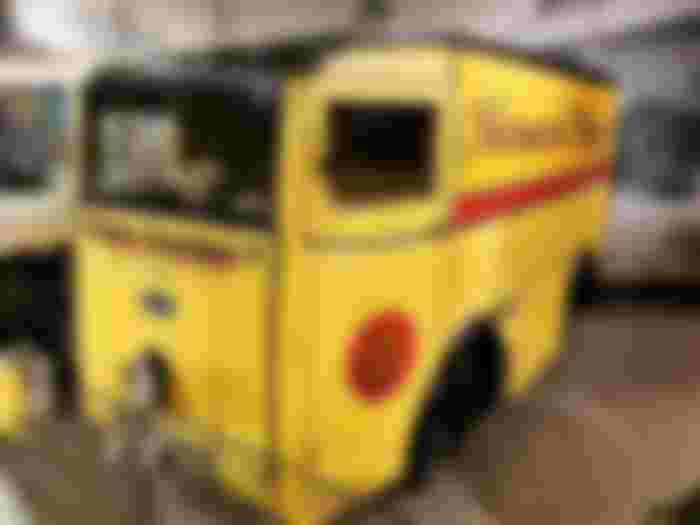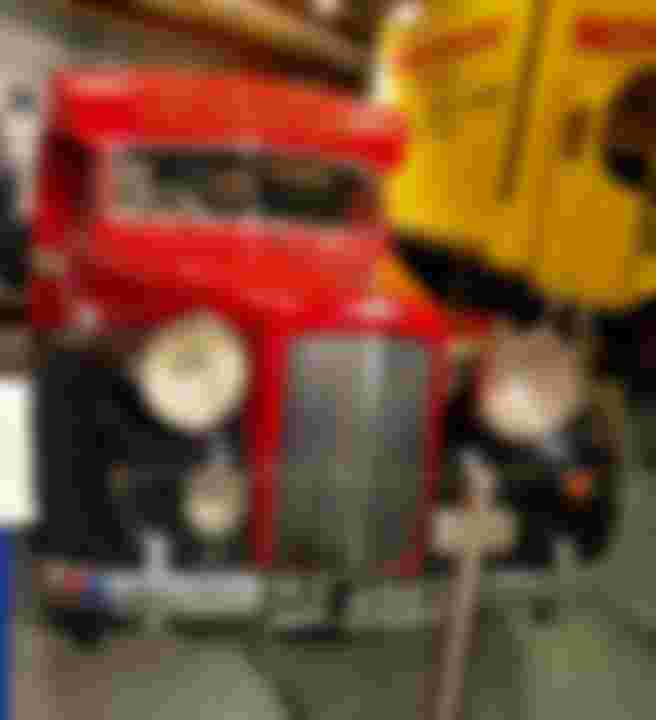It's amazing how people have invented vehicles. For over hundreds of years, it serves different working purposes. Without vehicles, the potential of any business is limited.
In the days before large shops and supermarkets, people could expect nearly all of their food and other supplies to be delivered direct to their door.
Businesses tended to specialise in a particular product, such as bread, coal or milk. Each business would have had a local depot, from which drivers collected the goods to deliver to customers.
Today local delivery is used mainly for heavy services such as furniture removals. Up to the late 1990s, there had been a gradual decline in deliveries from business to home, with most deliveries requiring long-distance transportation between major shops and industries. However, with the introduction of internet shopping, a form of "door to door" delivery has again become common.
Here are some of the early transport vehicles that you will see in the Ulster Transport Museum:
Inglis Bakery Horse-drawn Bread Van (c. 1890)

Duties
Inglis Bakery used both two and four-wheeled horse-drawn vans to deliver bread and cakes to shops and homes. This two-wheeled van is fitted out with shelves and drawers to hold the produce and the sliding latch on the rear doors could be locked to prevent people from making off with the treats!
Drivers
In the 1930s, Inglis Bakery took over a number of smaller bakeries and required many drivers for its fleet of over 100 vehicles.
Destinations
In 1890, Inglis Bakery was on Eliza Street in Belfast. Horse-drawn bread vans were used for deliveries around Belfast and its suburbs, with trains carrying huge quantities of bread across the whole of the North of Ireland.
Ice-cream Van (1889)

Duties
This horse-drawn van is a rare survivor which found a new life at the Ulster Folk and Transport Museum in the 1960s. Using cork-insulated boxes and dry ice, the ice cream would have been kept cold on this van.
Drivers
Ice-cream sellers in Northern Ireland are often of Italian origin, and family names such as Morelli and Cafolla are well-known. When on the road, the sellers often sounded a bugle to attract. customers.
Destinations
Ice-cream vans were, and still are, mainly used in popular seaside towns and outdoor events in Northern Ireland, they are particularly in towns such as Donaghadee, Newcastle and Portrush.
Clonlee Dairy Horse-drawn Milk Float (c.1920)

Duties
Milkman William McCrea made daily rounds with this cart, carrying large chums of milk to make deliveries to people's homes. He used jugs to measure out the amount the customer required and poured it to their own jug or basin. The floor of the float is lower than on a normal cart making it easier for the milkman to load the full chums of milk at the start of the round.
Drivers
One horse pulled the float with Mr McCrea driving and serving his customers. He lived in Sandown Road, East Belfast from the 1930s and ran his dairy business from 1948 to 1963.
Destinations
Clonlee Dairy delivered milk to homes in the Ballyhackamore and Belmont areas of East Belfast.
Bernard Hughes Bread Delivery Van (1948)

Duties
This battery-electric delivery van was one of the fleets of vehicles used by Bernard Hughes Bakery to deliver bread door-to-door. Larger vehicles with petrol engines were used for deliveries to shops. The bakery affectionately referred to as "Barney Hughes's Baker" invented the famous "Belfast Bap" - a round and floury bread bun.
Drivers
As the vans could not travel over long distances, drivers had a regular, short route. The batteries became less reliable with age. And it was fairly common, the to see a battery-powered van being towed back to the depot.
Destinations
The Original Bernard Hughes Bakery was on the corner of Fountain Lane in Belfast. In 1884, a larger bakery was built on the Springfield Road. The company delivered throughout Belfast.
Co-op Milk Float (1954)

Duties
From 1954 until 1986, this battery-electric vehicle delivered milk for the Co-operative Society Ltd. This was also being used in the 1970s to deliver yoghurt, cream and fruit cordials.
Drivers
It was a slow but simple task to drive the milk float. It had an electric motor, powered by batteries. The batteries were charged each night at the front for the next day's milk round. The maximum speed at the float was 30 mph (48.3 km/h).
Destinations
This milk float delivered to homes in the Lower Newtownards Road and Connsbrook Avenue areas of East Belfast. It could travel up to 64 km (40 miles) before it needs to charge its batteries.
Belfast Telegraph Van (1952)

Duties
The Belfast Telegraph originally used a fleet of pony carts to deliver the evening papers around Belfast. Motor vans gradually replaced these carts. This large Austin A125 Sheerline van was chosen because it was fast, sturdy and reliable.
Drivers
Drivers Stewart Duffin and Jack Armstrong drove this van from Belfast to Londonderry along the Glenshane Pass. They enjoyed the long run more than the usual "stop-start" delivery journeys and would make to turn you whatever the weather.
Destinations
From the late 1940s, The Belfast Telegraph began to be dispatched beyond Belfast to the rest of Northern Ireland. This can be used on the Derry run, making one round trip six days a week. This meant that it travelled over 1000 miles each week, so maintenance was very important.
It's unbelievable how massive the contribution of transport to our economy -past, present and future.

This is the part 1 of transport at work. I hope you like seeing some of these early vehicles that is the start of a tremendous transformations in our transport history.
Check out my other related articles.
Thank you so much. ❤❤❤

Related Articles:
Early Cars at Ulster Transport Museum








Pangarap ko talagang makasakay sa kabayo, iniimagine ko pa yan lagi with my knight in shining armor, lol. Pero seriously ang astig kasi pag marunong kang mag horse riding, hangang hanga ako sa marunong nyan.
Pero parang diko maabot yang kabayo, sa pandak ko baga naman na areh 😂. Nakakita naman na din ako ng kabayo dito samin kaso di pa talaga ako nakasakay.